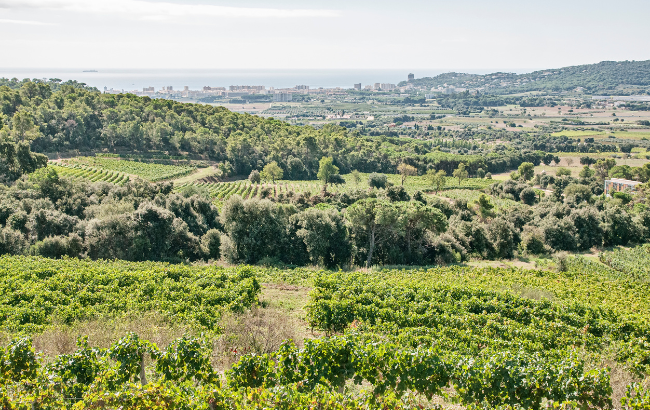‘Confusing’ wine descriptions revealed
By Rupert MillarNew research by Laithwaite’s has picked out the words and phrases that consumers find the least and most useful when describing wine.
When polled, 55% of the 1,000 volunteers (who were all “reasonably well-informed” about wine) said that many descriptions did not help them understand the taste.
Forty-three tasting notes from leading wine brands and critics were presented to the test group, which in turn was asked to pick the terms it found the least helpful.
“Firm skeleton”, with 37%, was judged the most useless, “old bones” (35%) wasn’t far behind and nor was “nervy” (31%).
Other less-than-helpful terms included: “wet stone” (27%); “tongue spanking” (21%); “haunting” (21%); “spring hedgerows” (19% and “brooding” (18%) as well as “vegetal”, “leathery”, “chunky” and the word of the moment, “minerality”.
The use of the latter word has lead to increasing discussion of its use, as the drinks business has previously reported.
Although widely touted when describing terroir, Sally Easton MW explained that actual mineral elements in wine, “are not only minimal but also tasteless”.
“Fresh” was regarded as the most useful word, along with “zesty” and “peachy”.
Justin Howard-Sneyd MW, a consultant for Laithwaite’s Wine, said that the results were not surprising: “Describing wine is not an exact science; wine and taste are very personal, very subjective things.”
Partner Content
A wine that I think tastes of cherry, could taste totally different to someone else, so it’s no wonder that there is such a vast variety of language when it comes to wine descriptions.
“We have probably been guilty ourselves of using overblown language in the past but this is a wake-up call to the whole wine industry to make a change.”
The issue of “flowery” tasting notes cropped up again recently, with Andrew Jefford in his column for Decanter arguing that while “a well written tasting note has practical worth”, even established writers are capable of turning out, “inadequate, boring, incoherent or risible notes”.
Hugh Johnson in his book “A Life Uncorked”, remembered being asked if he liked the way wine was described on television, to which he replied that: “It makes good television…but I don’t think it really helps anyone to give what sounds like a recipe for fruit salad.”
In the book he argued that too many tasting notes had become formulaic, an unintended consequence of the creation of the “aroma wheel” by professor Anne Noble and a similar method of aroma breakdown devised by professor Emile Peynaud.





In fact the aroma wheel was not created by Anne Noble, but nstead the concept borrowed from whisky from about the 1970’s. I have found a far more useful device called the ‘Essential Wine Tasting Guide’ from Australia, but with various international versions to be the best guide on the market.
I have always been a total cynic when it comes to descriptions of wine. Everything is always “fruity”, hardly surprising when it is made of grapes! As mentioned above,different tastes will send different messages to a whole range of consumers. I think that Michael Broadbent retained a small range of eminently sensible and understandable words which were always helpful and not confusing in his descriptions . Perhaps that code could be adopted by the current wine writers.
I resolutely refuse to buy any wine described as having ‘gobs’ of fruit.
Hi Rupert
Are the percentages given e.g. 37% ‘firm skeleton’ apply to 55% of the 1000 or 37% of the 1000?
thanks
Jonathan